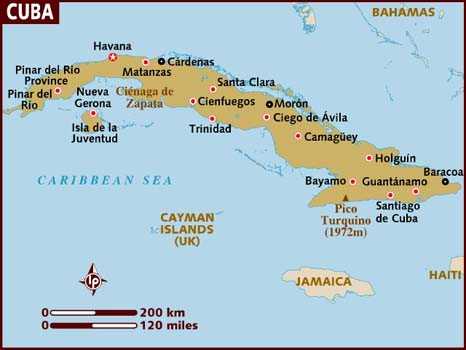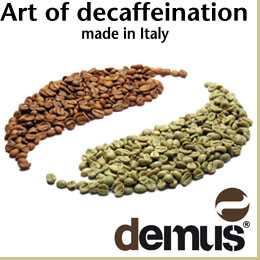HAVANA, Cuba – Still far from its maximum potential, coffee growing in Cuba is moving towards revival to reach eight thousand tons of gold coffee in 2017, according to an executive in the sector.
After almost four years of investments, the main result is the transformation of plantations, which has led to the gradual increase of harvests, said engineer Elexis Legrá to Prensa Latina.
More than 40,000 hectares were renovated or rehabilitated from 2013 to 2016 from a total of 66,000 of coffee plantations in Cuba, explained the director for coffee, cocoa and coconut of the Agroforestry Business Group (GAF).
Approved by the government in 2011, the country’s current coffee program started with a feasibility study including all the companies in the industry, but investments could not begin until 2013 due to the lack of financial sources.
According to Legrá, the intervention of the state is crucial because it is necessary to invest large sums of money in order to recover an activity affected by multiple factors, including the exodus of the work force and the climatic variations.
From 2013, acquisition of new technological equipment began, including the purchase of ecological pulpers, mills to peel the grain and two electronic selectors, installed in the eastern provinces of Guantanamo and Santiago de Cuba, added Legrá.
Coffee growers in intricate parts of the mountains also improved their management after the purchase of 125 hand pulpers, some of them with electric or diesel engines.
Trucks, tractors and new engines for vehicles in use, arrived in the coffee plantations, although it was barely a ‘respite, after years of difficult economic conditions,’ the executive explained.
At the same time, two biotechnology laboratories were set up at the Jibacoa (center) and Third Front (east) stations to produce seedlings with high genetic value, as well as 20 new quality laboratories in the main profit centers of agricultural enterprises.
The perfect mechanism between science and agricultural practices also led to the creation of 34 schools in the coffee enclaves and in the production units, where specialists from the Agroforestry Institute train workers and technicians.
In view of the renewal of the robust coffee plantations, one of the most outstanding issues has been the promotion of production through the cutting method, said the representative of the GAF.
No less important are the production centers for grafting postures: one of the decisions of Cuban coffee industry to face climate change, because the plants obtained by this method are usually more resistant to drought and pests, added Legrá.
‘But the most important measure has been the transformation of the areas,’ because the idea is to achieve a productive plant capable of living in optimum conditions for at least 25 years; this explains ‘why we have decided to renovate plantations on most of the 40,000 improved hectares,’ the expert insisted,.
In 2016 the first harvest results were observed, with slightly increased production of gold coffee, by about two thousand tons compared to 2015, he estimated.
This year’s figure is expected to be around eight thousand tons, for a rise of 1,500 tons compared to 2016; that is to say, ‘revitalization begins to bear fruit, although still without the agricultural yields to which we aspire,’ he pointed out.
According to Legrá, the industry plans to exceed 15 thousand tons per year of gold coffee in 2021, backed by a growing number of high quality seeds.
By 2020 all plantations should be made from basic and certified seeds, which will be possible by the combination of efforts between scientists and producers.
The gradual recovery of the sector also favors the boom of foreign trade: exports of Cuban gold coffee could reach 1,100 tons in 2017 and around 3,000 by 2021, which estimated at current prices, would bring in revenues of more than 16 million US dollars, he said.
Another key element will be to reduce imports of coffee destined for the basic population basket, currently located in the order of 11 thousand tons per year with a cost of about 25 million US dollars.
In this way, the country will achieve a relative savings of 25 million US dollars per year from 2021; which, together with the expansion of exports, will contribute to improve financial availability in freely convertible currencies, he stressed.
María Julia Mayoral




















